Long before John F. Kennedy became the US president, he served as a PT-Boat Commander in the Pacific in the Second World War. A fateful story is written in many history books about the time when Kennedy’s PT-109 torpedo boat was rammed by the Japanese first-line Fubuki-class destroyer, Amagiri on August 2, 1943 close to the Solomon Islands.
The PT was cut in two and hit the starboard. Kennedy was thrown hard to the left in the cockpit and he thought, “This is how it feels to be killed,” as he looked up at the glowing destroyer towering over him.
Kennedy rescued by former Adventists
Fortunately, Kennedy’s half of the boat stayed afloat and several men from his crew survived. But as they surveyed the land around them — Kolombangara, Vella Lavella and Giso — they were all swarming with Japanese soldiers. Kennedy ordered his men to keep as low as possible so that no moving silhouettes would show against the sky.
After a few hours of surveying their options, Kennedy pointed to a small island which they suspected to have the least number of Japanese soldiers. “We will swim to that island, We have less chance of making than some of these other islands, but there’ll be less chance of Japs, too.”

Kennedy was the first one to reach the reef and went ahead of his men to explore and forage for food. Not content to wait for help in Plum Pudding Island (which was later named after him), Kennedy left his crew to swim to the next little island in search of other PT boats who might be making their way through Ferguson Passage. “If I find a boat, I’ll flash the lantern twice. The password will be ‘Roger,’ the answer will be ‘Willco.’ ” he instructed his men before he left.
Kennedy was unsuccessful and painstakingly made his way back to the island. For days they stayed in that island but eventually swam to Olasana Island, another small island nearby to look for more food and water.
Kennedy was separated from his group trying to find coconuts and fresh water. In this state, two islanders on their way to church found him.
Recruited as Allied scouts, they knew what they needed to do. But because of the difficulty in communicating with each other, Biuku Gasa, one of the islanders, suggested that Kennedy write a message. Yet without writing utensils available, Kennedy carved his message into a coconut. The message was then delivered to the nearest Allied base at Rendova at the risk of the two men’s lives.
The rest of the rescue was amusingly recalled by John Hersey:
Everyone shook hands and the four natives took Ross and Kennedy in their war canoe across to Bird Island to tell the others the good news. There the natives broke out a spirit stove and cooked a feast of yams and C ration. Then they built a leanto for McMahon, whose burns had begun to rot and stink, and for Ross, whose arm had swelled to the size of a thigh because of the coral cuts. The natives put Kennedy in the bottom of their canoe and covered him with sacking and palm fronds, in case Japanese planes should buzz them. The long trip was fun for the natives. They stopped once to try to grab a turtle, and laughed at the sport they were having. Thirty Japanese planes went over low toward Rendova, and the natives waved and shouted gaily. They rowed with a strange rhythm, pounding paddles on the gunwales between strokes. At last they reached a censored place. Lieutenant Wincote came to the water’s edge and said formally, “How do you do. Leftenant Wincote.”
Kennedy said, “Hello. I’m Kennedy.”
John Hersey, “John F. Kennedy’s Story of Survival,” The New Yorker, June 17, 1944
As the day ended, Kennedy put his arms around Biuku and Eroni and sang together a hymn all three happened to know:
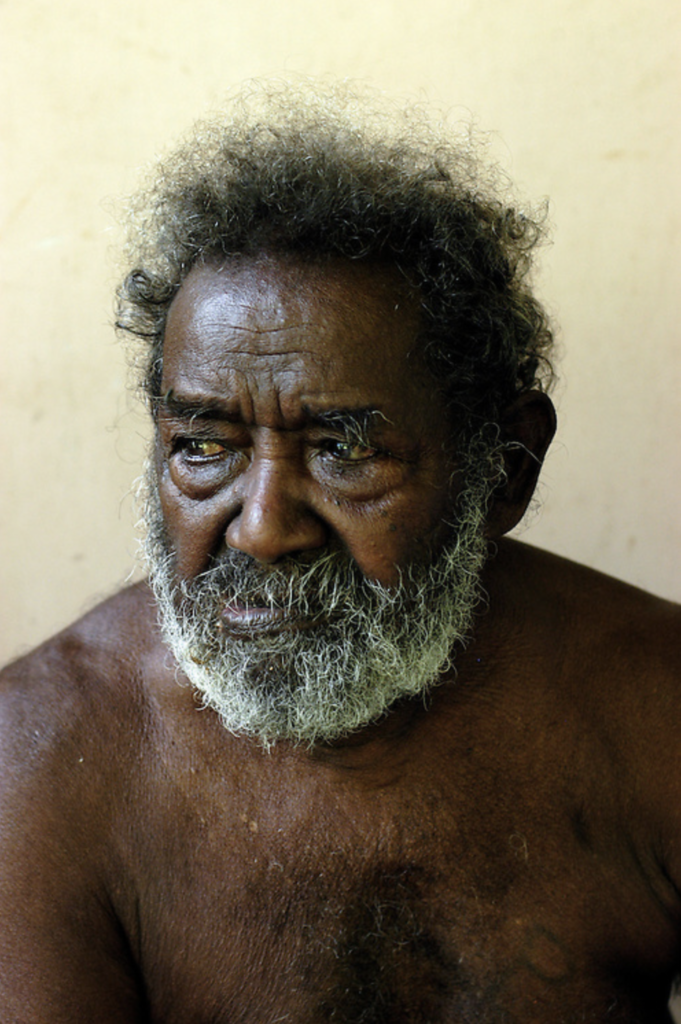
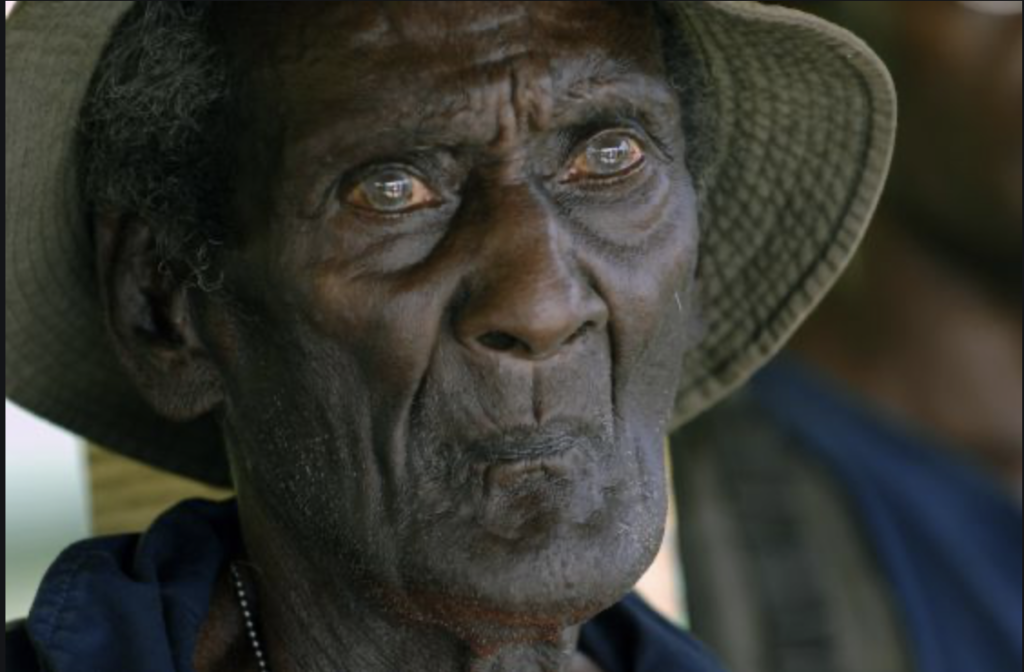
Jesus loves me, this I know, For the Bible tells me so; Little ones to him belong, They are weak, but He is strong. Yes, Jesus loves me; yes, Jesus loves me . . .
It turned out that these two natives, Biuku Gasa and Eroni Kumana were Adventists and were trained by the Seventh-day Adventist missionaries in the Solomon Islands Mission School.
How did this hymn come about?
The fame and impact of this simple hymn cannot be measured. Just how can an American soldier and Solomon Island natives share a bond over one simple song?
Well, let’s start with Anna Warner, writer of highly popular novels, nonfiction works and hymns, many of whom she collaborated with her sister, Susan.
She came from a prosperous family and was educated privately. She lived in a townhouse in New York City where their father, Henry Whiting Warner, was a successful lawyer. However, the Panic of 1837 affected their family’s finances and they were forced to move to Constitution Island, in a dilapidated Revolutionary War-era home, which was right across the Military Academy at West Point.
She and her sister felt the burden to contribute to the family income and began to write stories and poems for publication. They were successful at this venture and was able to put out 106 publications, 18 of which they co-authored.
Say and Seal, a two-volume novel was one of their most successful joint projects. In one portion of the story, the main character, John Linden, a Sunday school teacher comforts Johnny Fox, a boy at the brink of death, by making up a little song, ‘Jesus loves me, this I know, for the Bible tells me so.’ This novel became very popular, second only to Uncle Tom’s Cabin.
Incidentally, William Bradbury, a famous hymn writer read this novel and was inspired to write a simple, pentatonic tune that can go along with the words. Today, this hymn is in over 559 hymnals and translated in many languages.
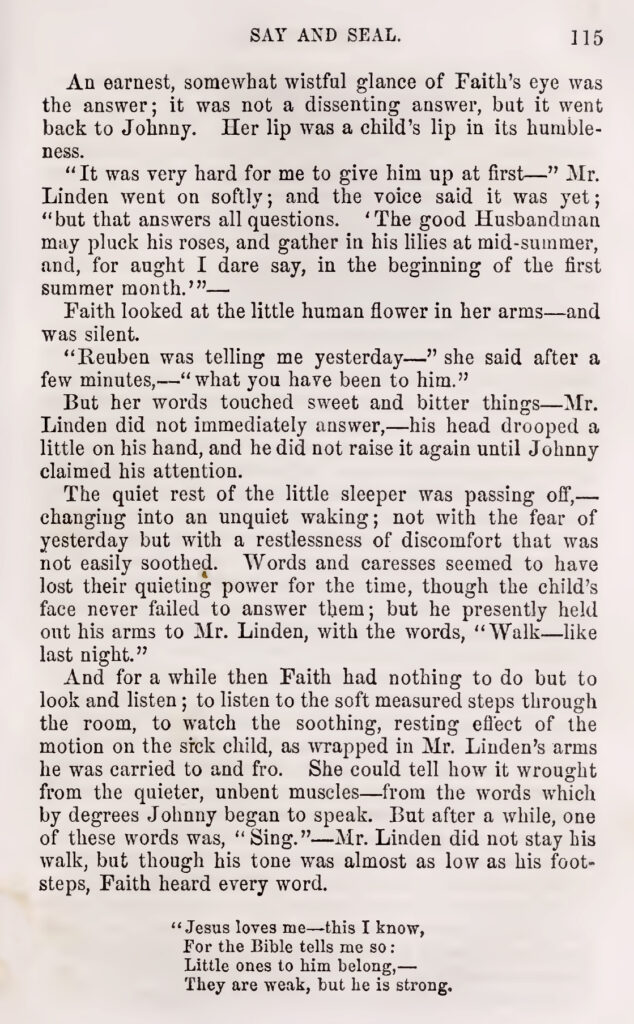
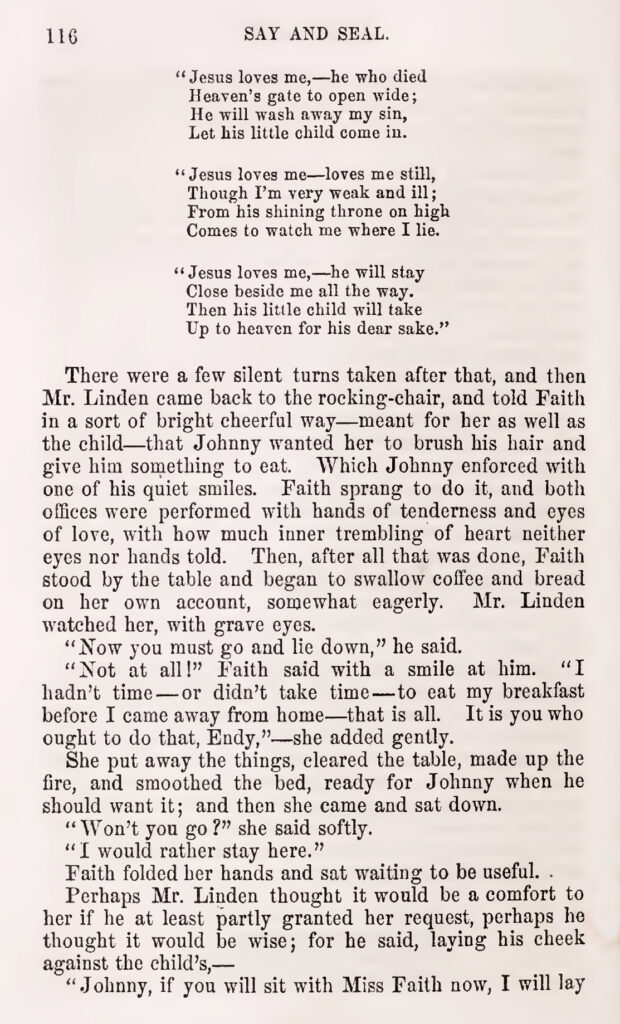
Revisions and additions to the text
In the context of the Say and Seal novel, the poem was written this way —
Jesus loves me—this I know, For the Bible tells me so; Little ones to him belong,— They are weak, but he is strong. Jesus loves me—loves me still, Though I'm very weak and ill; From his shining throne on high, Comes to watch me where I lie. Jesus loves me—he will stay, Close beside me all the way. Then his little child will take, Up to heaven for his dear sake.
William Bradbury added a stanza and refrain.
Refrain Yes, Jesus loves me! Yes, Jesus loves me! Yes, Jesus loves me! The Bible tells me so. Jesus loves me he who died heaven's gate to open wide. He will wash away my sin, let his little child come in.
David McGuire, an Anglican priest from Canada also added the following two stanzas. Chris Fenner wrote, “It shifts the focus away from illness and heaven, instead offering assurances of Jesus’ love during our earthly journeys. The second stanza alludes to the story of Jesus and the children in Mark 10:13–16, while the third reflects ideas expressed in John 15:9–17 and 1 John 2:9–11. “
Jesus loves me! This I know As He loved so long ago, Taking children on His knee, Saying, “Let them come to Me.” Jesus loves me still today, Walking with me on my way, Wanting as a friend to give Light and love to all who live.

The final stanza in the SDA Hymnal seems to be attributed to Anna Warner as well but did not appear in the Say and Seal novel.
Jesus, take this heart of mine, Make it pure and wholly Thine; On the cross you died for me, I will love and live for thee.
Regardless of the version you sing, the song assures us of God’s love. To put this poetry in context, I would like to quote a favorite author’s description of Christ love for us and the effect it should have in our lives:
“It is Christ that loves the world with a love that is infinite. He gave His precious life. He was the Only Begotten of the Father. He is risen again from the dead, and is at the right hand of God, making intercession for us. That same Jesus, with His humanity glorified, with no cessation of His love, is our Saviour. He has enjoined upon us to love one another as He has loved us.” (Testimonies to Ministers, 157.)
Ellen White, Testimonies to Minister, p. 157.3
Recommended Reading
Revisit this song and maybe learn a new stanza or two. Watch our recommended arrangement performed by the Psalmists.
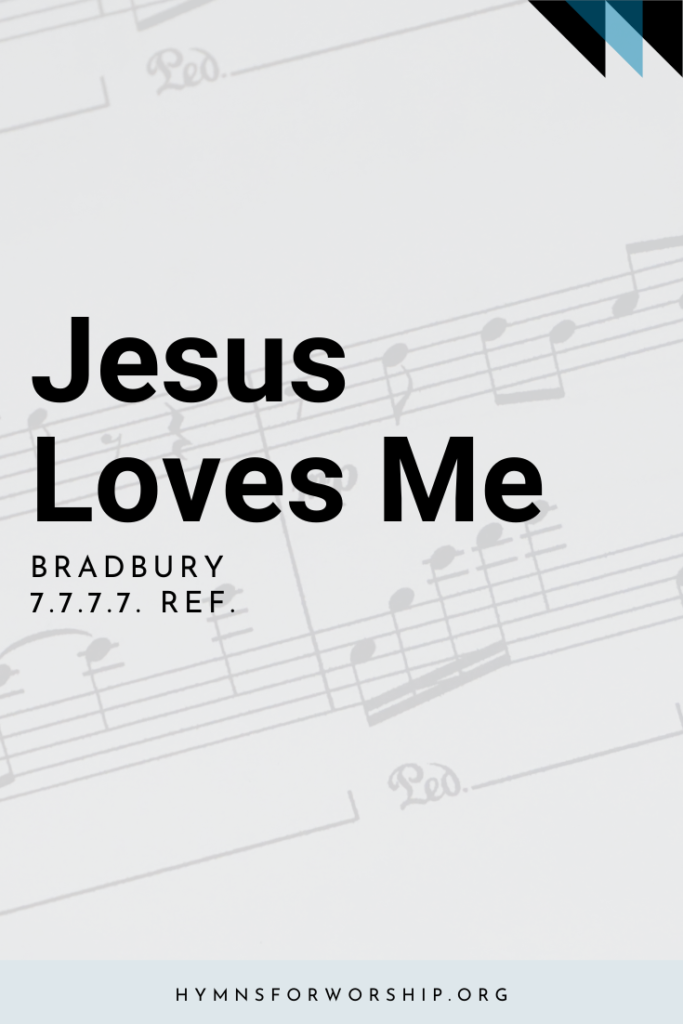
Related Resources
Anna Bartlett Warner — Jesus Loves Me
John F. Kennedy’s Story of Survival
The Solomon Islanders Who Saved JFK


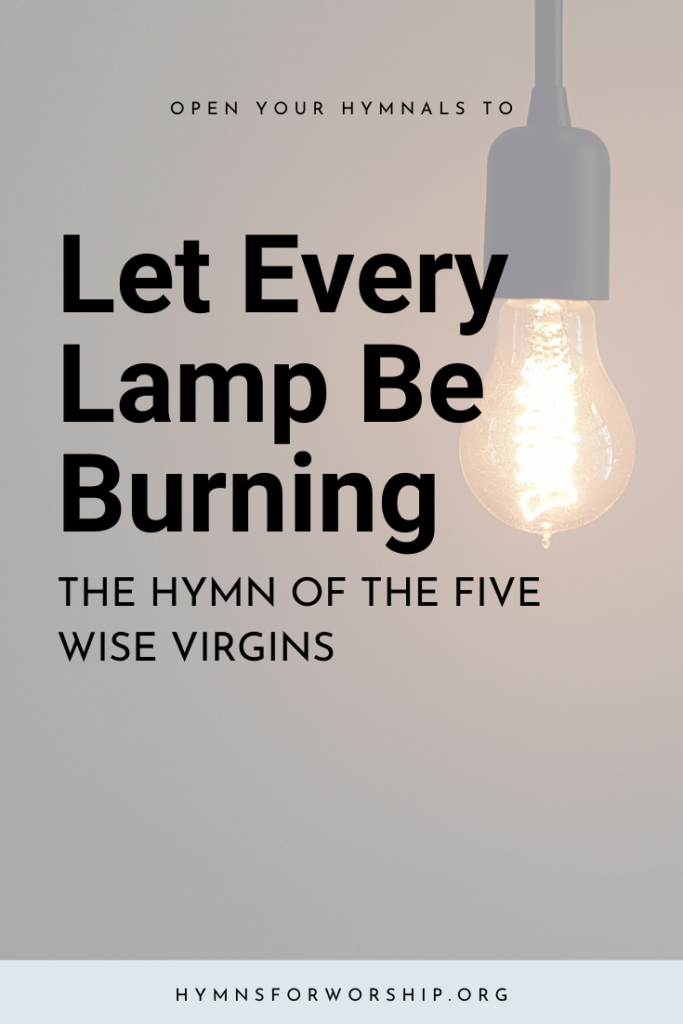
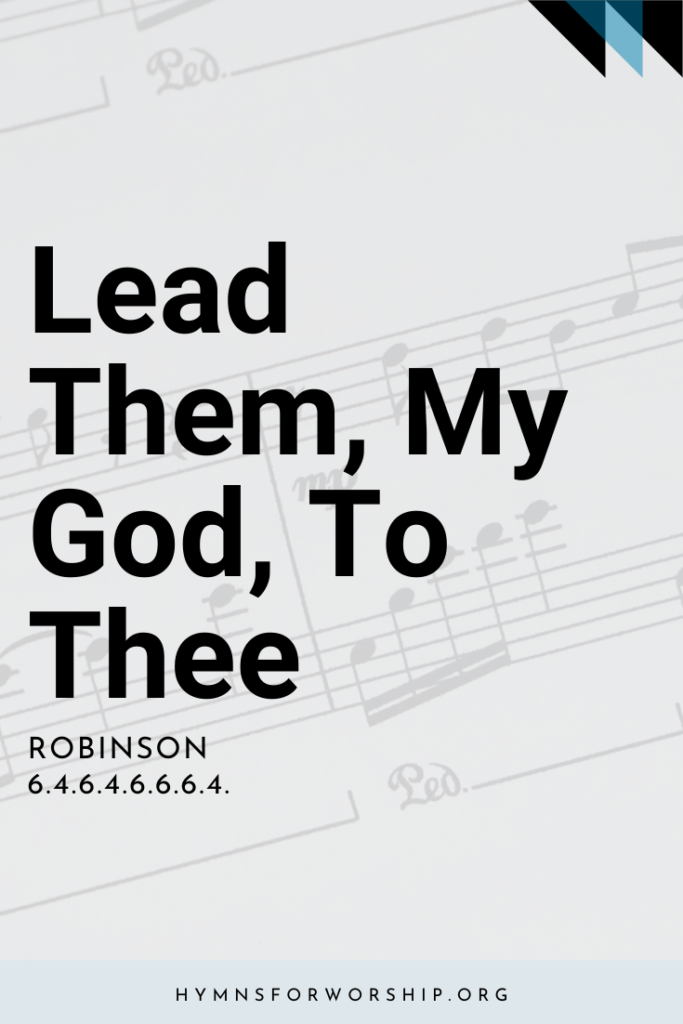



2 replies on “Jesus Loves Me: The Surprising Story Behind A Song You Know So Well”
I already knew about the writing of the hymn, having visited West Point Military Academy a few years ago. I enjoyed learning the story about Kennedy.
And I am happy to learn a few new stanzas for the song! I’ve collected several (some in different languages) over the years. One we learned when my children were small, and I still like to teach to other children, is as follows:
“I love Jesus – does He know? Have I ever told Him so?
Jesus loves to hear me say that I love Him everyday!
Yes, I love Jesus, yes, I love Jesus,
Yes, I love Jesus – in prayer I tell Him so.”
This is a great verse to add as well!